Extrusion vs Sheet Metal Fabrication: Which is Right for Your Project?
Extrusion and sheet metal fabrication are two popular methods for creating metal parts and products. Extrusion involves pushing a metal billet through a die to create a continuous shape, while sheet metal fabrication involves cutting and bending flat sheets of metal into the desired shape. Each method has its own advantages and disadvantages, and choosing the right one depends on factors such as the complexity of the part, the required precision, and the desired finish.
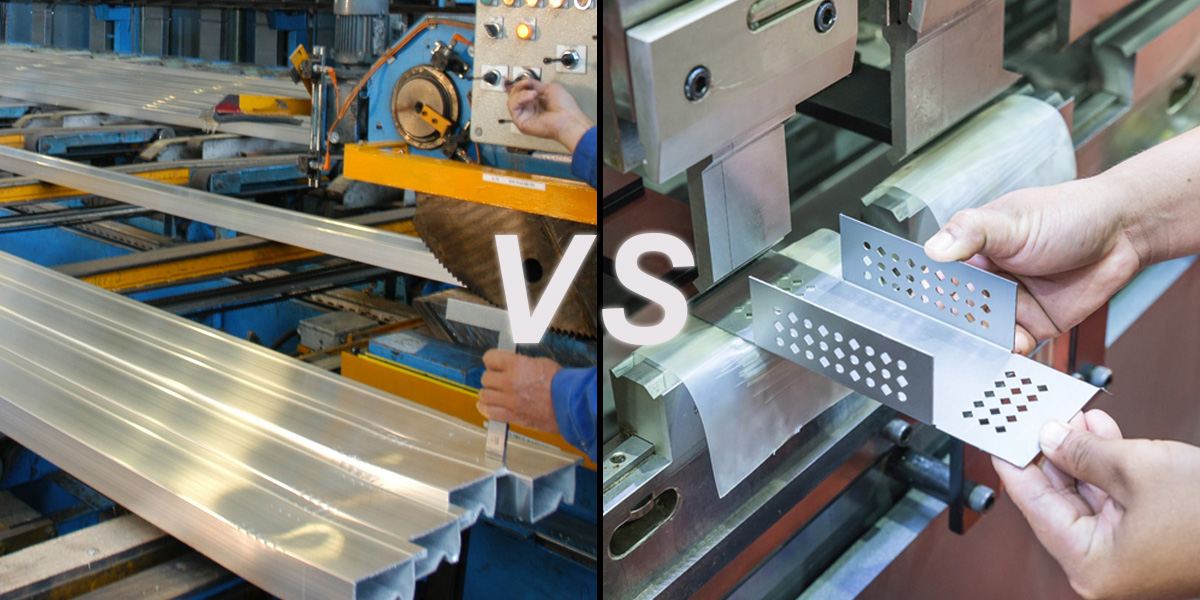
Differences in process and principle:
Extrusion: Extrusion is a process in which material, usually in the form of a billet or continuous raw material, is pushed through a die to form a continuous shape with a consistent cross-section. Extrusion is commonly used for materials such as aluminum, plastics and certain metals.
Sheet Metal Fabrication: Sheet metal fabrication involves cutting, bending and forming sheet metal into various shapes and sizes. It usually starts with a flat sheet of metal and uses processes such as cutting, stamping, bending and welding to create the final product.
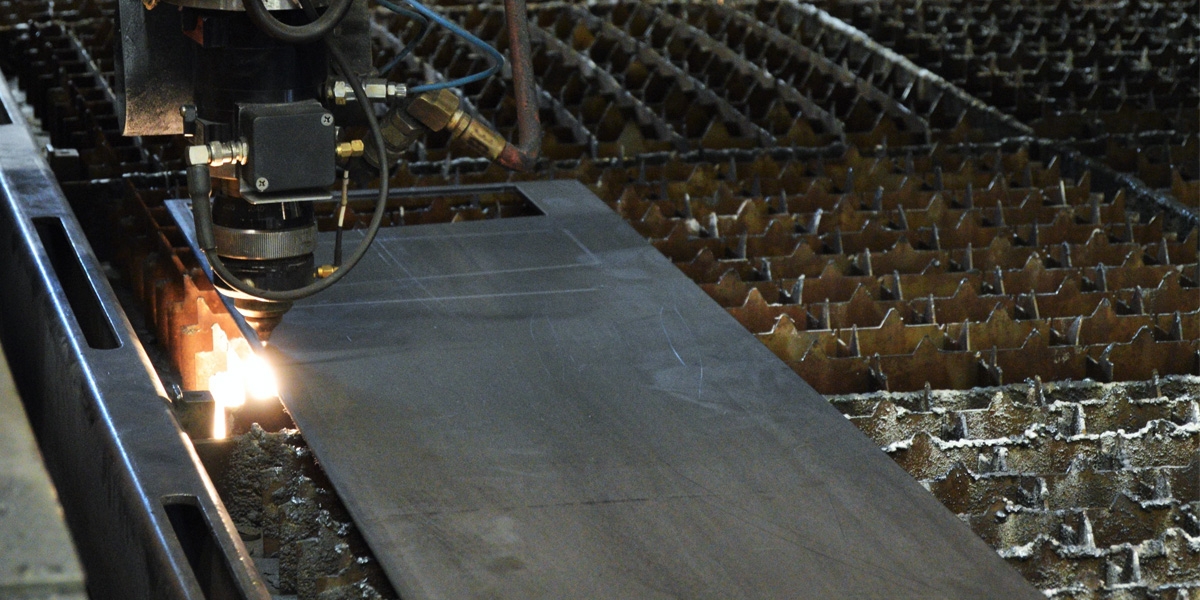
Differences in material compatibility:
Extrusion: Extrusion is typically used for materials such as aluminum, plastics (such as PVC and ABS), and certain metals such as copper and steel. Materials must have properties suitable for extrusion, such as good ductility and the ability to withstand high temperatures.
Sheet metal fabrication: Sheet metal fabrication is used primarily for thin metal sheets, including aluminum, stainless steel, carbon steel, brass and copper. The process is well suited for metals that are ductile and can be easily formed without significant distortion or fracture.
Complexity and design differences:
Extrusion: Extrusion is generally better suited for making continuous shapes with consistent cross-sections, such as pipes, bars and profiles with constant cross-sections. It is less suited for complex three-dimensional shapes and features.
Sheet Metal Fabrication: Sheet metal fabrication allows the creation of complex three-dimensional shapes and features, including bends, curves, flanges and cutouts. It provides more design flexibility and can accommodate a wide range of product geometries.
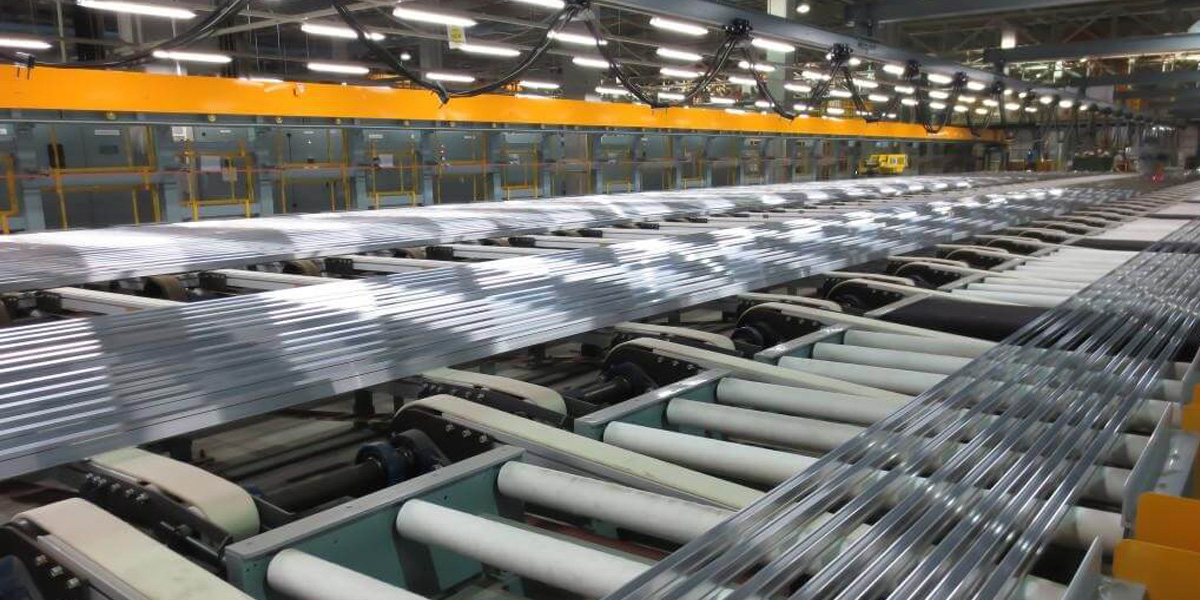
Differences in tooling and setup:
Extrusion: Extrusion typically requires the design and fabrication of specialized dies, which can be expensive and time-consuming. Once the die is made, the extrusion process can be continuous and efficient relative to sheet metal fabrication.
Sheet Metal Fabrication: Sheet metal fabrication typically involves the use of standard tooling such as shears, punches, bending machines and welding equipment. Set-up and tooling costs can be lower compared to extrusion, especially for simpler products.
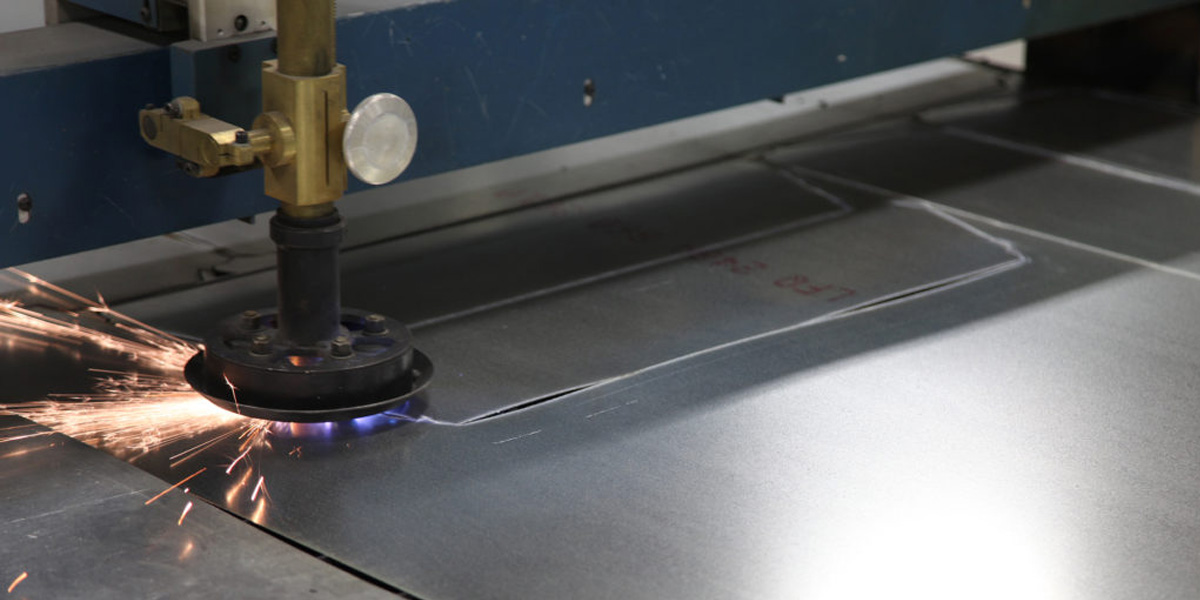
Quantitative and cost differences:
Extrusion: Due to its continuous nature and relatively fast production rate, extrusion is well suited for high volume production. Once the extrusion die is set up, the process can quickly produce a large number of consistent parts. However, the upfront tooling costs can be higher than sheet metal fabrication.
Sheet metal fabrication: Sheet metal fabrication is cost effective for both small and large production runs. It provides more flexibility for low volume or custom orders because it allows for easy design changes and adjustments. The process can be slower compared to extrusion. For complex parts, sheet metal fabrication may not be sufficient.
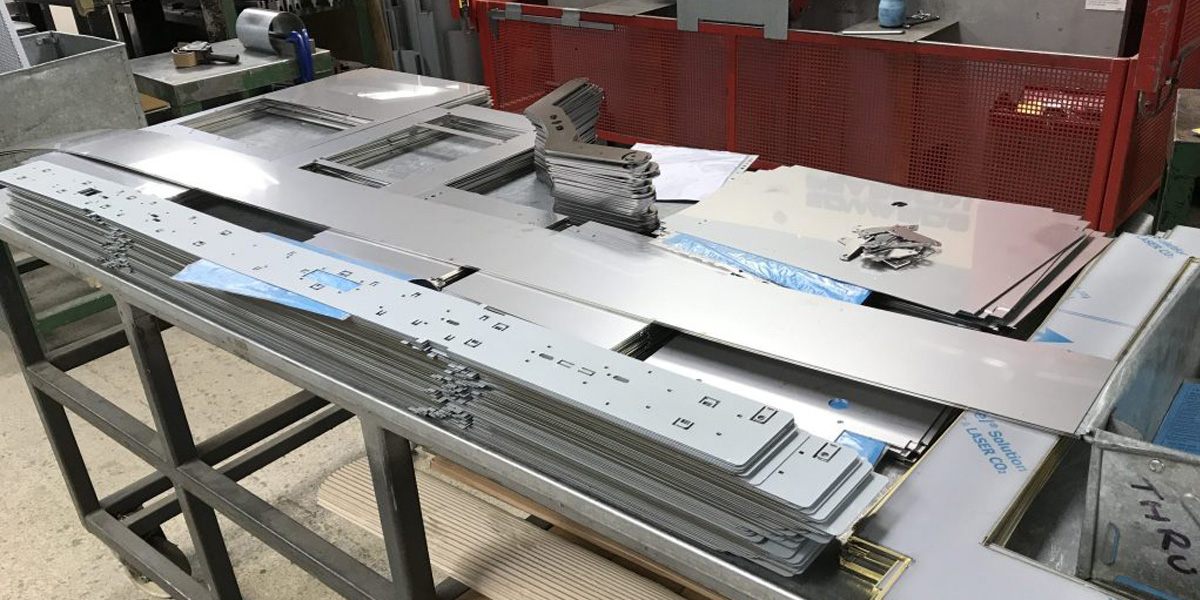
How do I choose extrusion or sheet metal fabrication?
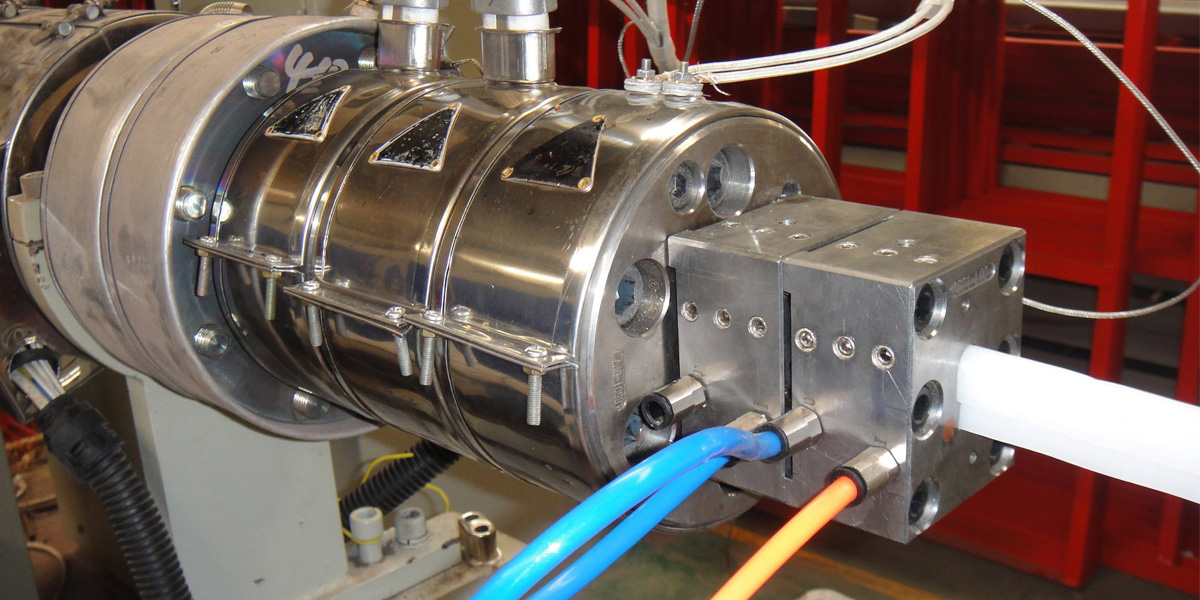
Product Design: Evaluate the design requirements of your product. If your product requires complex three-dimensional shapes, sophisticated features, or specific bending requirements, sheet metal fabrication may be a better choice. On the other hand, if your product involves a continuous shape with a consistent cross-section, such as a pipe or profile, extrusion may be more appropriate. Consult GD-HUB's fabrication experts for a more expert opinion.
Material Selection: Consider the materials you plan to use for your project. Extrusion is typically used for materials such as aluminum, plastics and certain metals. Sheet metal fabrication is primarily used for thin metal sheets such as aluminum, stainless steel, carbon steel, brass and copper. You will need to select a process that is consistent with the material properties and characteristics required for your product.
Quantity and production speed: Determine the production quantity and the required speed. Extrusion is well suited for high volume production due to its continuous nature and faster production rates. If you have a large production run and need to produce parts quickly, extrusion may be the preferred option. Sheet metal fabrication can accommodate both small and large quantities, but it may be slower to produce than extrusion.
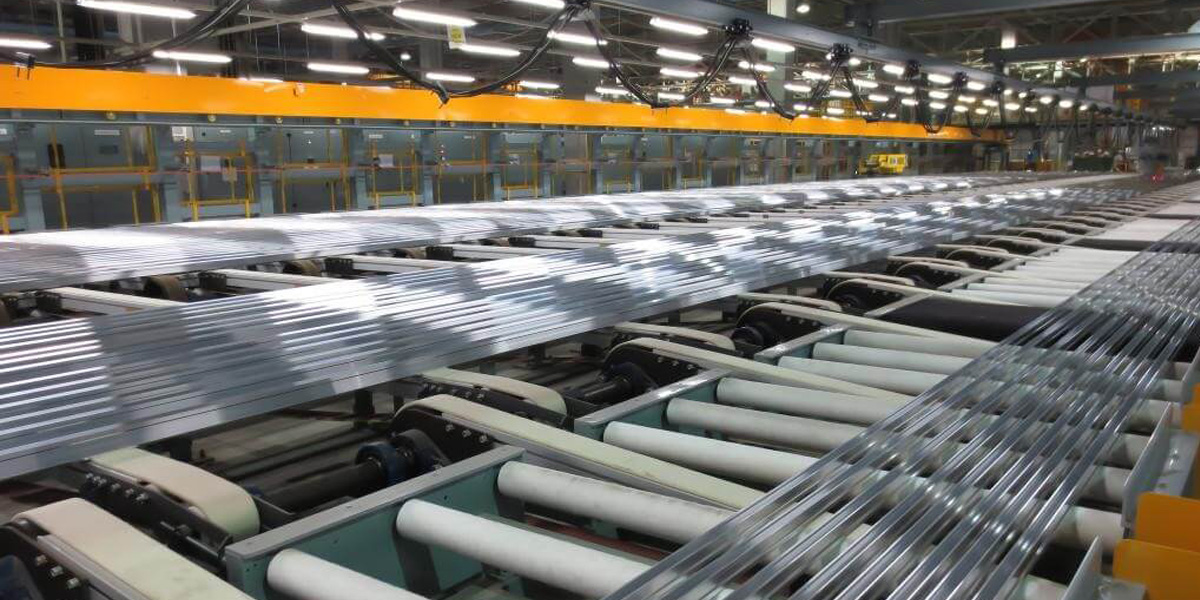
Cost considerations: Evaluate the cost impact of each process. Extrusion typically incurs higher upfront tooling costs due to the design and fabrication of specialized tooling. However, once the tooling is made, the continuous nature of the extrusion process can provide cost savings for high volume production. Sheet metal fabrication typically has lower tooling costs, especially for simpler products. It provides greater flexibility for design changes and adjustments, making it cost effective for smaller quantities or custom orders.
Expertise and Equipment: Extrusion usually requires specialized equipment and expertise, especially in die design and operation. Sheet metal fabrication may require standard equipment such as shears, presses, presses and welding tools. You need a professional precision machining manufacturer such as GD-HUB, feel free to contact us for 24/7 service support.
Industry Codes and Standards: GD-HUB understands the industry codes and standards for each specific product or industry. Certain industries may have established practices or regulations that favor one process over another. Understanding GD-HUB can guide your decision-making process.